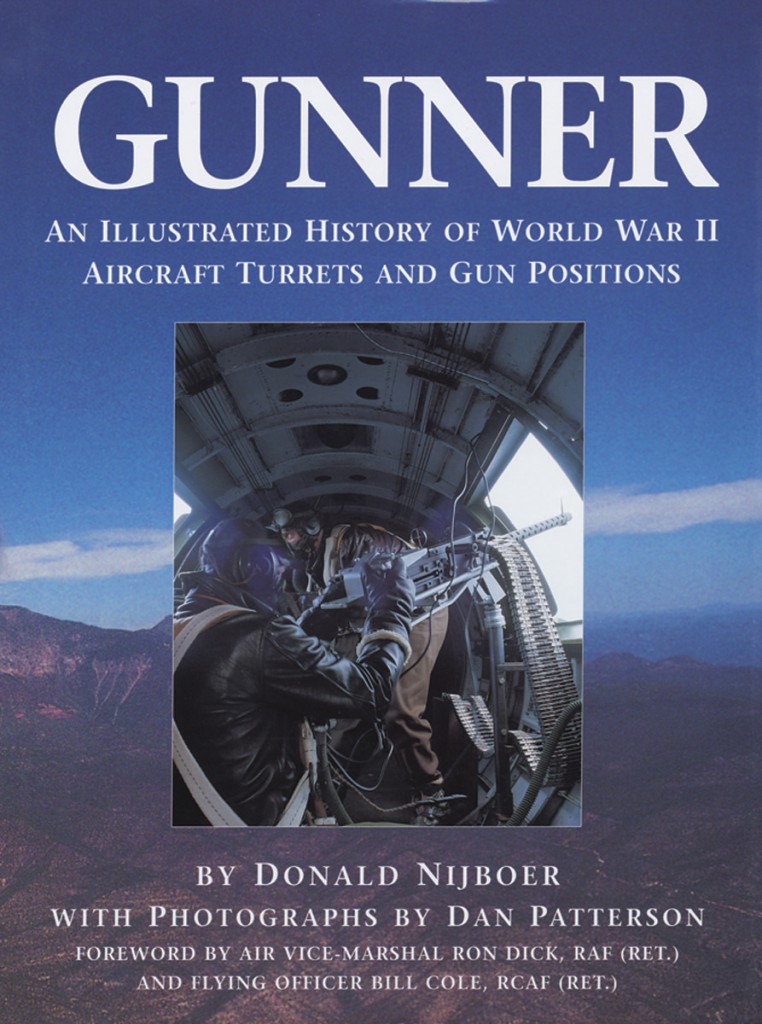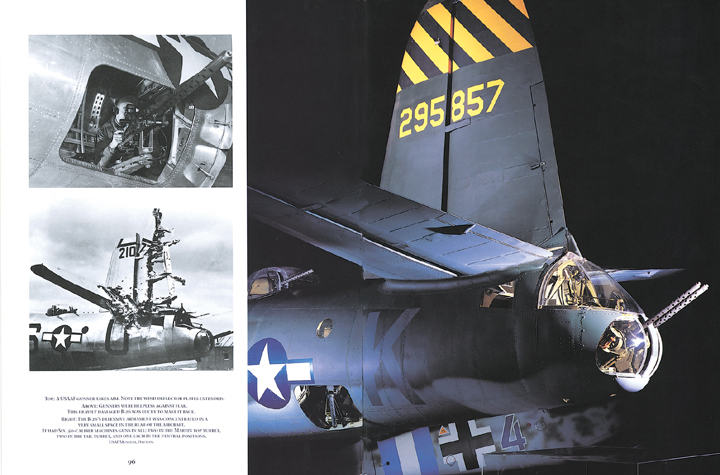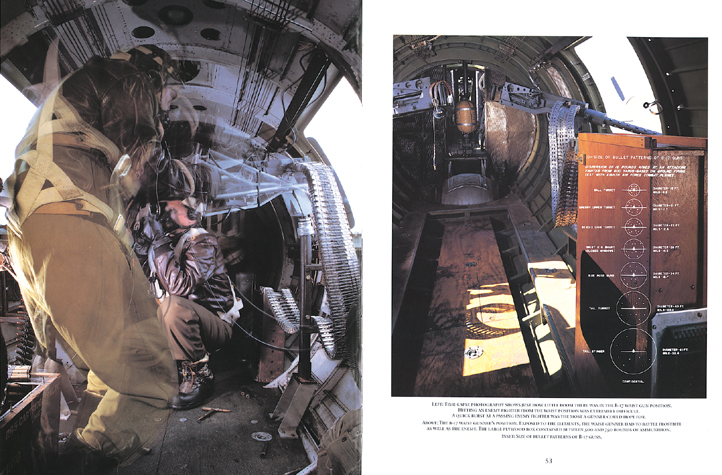 When I was a kid I wanted to be a waist gunner. After watching 12 O’Clock High with Gregory Peck, and the TV series, I thought the waist gunner had the best position in the B-17. From a visual point of view, it was the most exposed and exciting position. Other gunners were hidden in their turrets, but the waist gunner was out in the open. You could see him clearly, and I watched fascinated as he swung that big .50-caliber around and blasted away at enemy fighters. The noise and recoil of the.50-caliber machine gun was incredible. Spent shell casings and belt links poured out of the gun and fell to the aircraft floor as German fighters zipped by. The waist gunners fought back, protecting their aircraft and their buddies. It was no surprise that the good guys always won. But that was Hollywood. The reality, of course, was much different.
When I was a kid I wanted to be a waist gunner. After watching 12 O’Clock High with Gregory Peck, and the TV series, I thought the waist gunner had the best position in the B-17. From a visual point of view, it was the most exposed and exciting position. Other gunners were hidden in their turrets, but the waist gunner was out in the open. You could see him clearly, and I watched fascinated as he swung that big .50-caliber around and blasted away at enemy fighters. The noise and recoil of the.50-caliber machine gun was incredible. Spent shell casings and belt links poured out of the gun and fell to the aircraft floor as German fighters zipped by. The waist gunners fought back, protecting their aircraft and their buddies. It was no surprise that the good guys always won. But that was Hollywood. The reality, of course, was much different.
Turret development in the 1930s showed great promise. New, modern bombers were built with powered turrets installed. The belief was that the bomber with the new turrets could defeat any fighter attack and reach its target. The powered turrets were marvels of technology and design. Fully enclosed, they offered the air gunner double the previous firepower, protection from the elements and increased fields of fire.

It was a giant leap forward, but one that was never fully tested. The theory of the self-defending bomber was shattered in combat in early 1939. The turret was not the answer to swift, heavily armed fighters and never would be. The British turned to night bombing to protect their bombers, while the Americans clung to their belief in the self-defending bomber well into 1943.
It’s been said that the pilot’s job was to get the aircraft in the air, but it was the gunner’s job to keep it there. While many books and movies have been produced showing the exploits of pilots and squadron commanders, very few explore the important role the air gunner played. Most, if not all, air gunners were enlisted men with few privileges, low pay and little or no chance of promotion. While every member of the bomber crew played a vital role, it was the air gunner’s responsibility to defend the aircraft and keep everyone safe. It was an awesome and indispensable responsibility. In the night skies over Germany, the gunner’s vigilance was paramount for survival. A lack of concentration for only a moment could mean certain death by a prowling night fighter. There was also the constant danger of flak, collisions over the target area, and being hit by someone else’s falling bombs. Air gunners suffered through long periods of extreme cold, noise and constant shaking.

In daylight raids American gunners could see and fire at their attackers. Those gunners had to deal with persistent head-on attacks from German and Japanese fighters, and once on the bomb run they were unable to dodge the heavy, dirty flak. Exploding aircraft often sent jagged pieces of metal flying through their tight formations–along with personal items and human body parts. The air war was a gruesome one, and in many ways more gruelling than the infantryman’s.
Gunner picks up where Cockpit: An Illustrated History of World War II Aircraft Interiors left off. Through Dan Patterson’s remarkable photography we get to see up close the cramped, cold, exposed turrets that so many young men fought and died in. Veterans describe what it was like to fly and fight in the many different turrets and gun positions. Illustrated diagrams show the inner workings of some of the more well known turrets. Gunner not only reveals, for the first time in print, the turrets of famous aircraft such as the Lancaster and B-17, but it also features some extremely rare gunners’ positions from aircraft such as the Me 410, the Italian S.M. 79, and Russian I1-2 Shturmovik. It’s a chance to see what many of us have never seen, and maybe for a brief moment to imagine what it must have been like to be an air gunner in the Second World War.
by Donald Nijboer with photographs by Dan Patterson
160 pages, 9″ x 12″ x 1/2″
150 color photograph plus historical
black and white photographs, bibliography, index
ISBN: [ 1550464868 ]
Boston Mills Press
